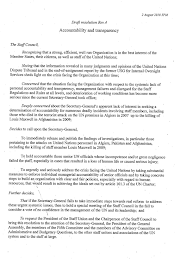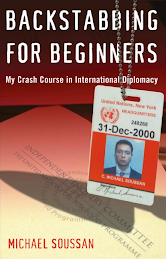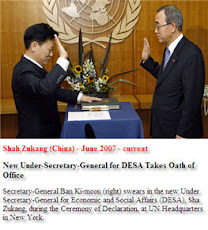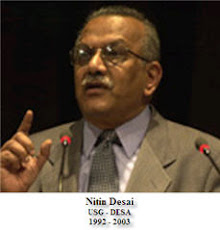by Financial Times
February 10, 2011
By Matthew Lynn
The writer’s new thriller ‘Shadow Force’, about the fight against Somali pirates, is published by Headline
As Somali pirates become ever more audacious, they are regularly portrayed in the press as vicious aggressors, taking innocent people hostage, only to auction them off at vast ransoms. There is much truth in that: on Thursday one pirate band hijacked a US-bound oil tanker even as it emerged that another had killed two Filipino crewmen in late January after a botched rescue mission. But there is another way to assess these buccaneers: as businessmen, who have smartly figured out the way trade is flowing, and how to get their share.
The booming piracy industry is a neat metaphor for our globalised economy. Just about everything you need to know about how money is made and lost is encapsulated in the daily battles between cargo captains and the pirate skiffs in the Somali basin.
For starters, know your customer. One of the keys to understanding the modern multinational is to realise it hates embarrassment. Bear in mind that when faced with any challenge, whether from a lobby group, government or nerdy teenager on Twitter, its instinctive response is to crumple. Then imagine what it will do when confronted with poor people with guns: give in without a fight. Sure enough, most shipping companies don’t even allow their guards to bear weapons. It is not the kind of thing Human Resources wants to get involved in. All the pirates have to do is take a ship, steer it to harbour, then ask for a few million dollars for its return. So long as they don’t hurt anyone – and usually they don’t – they have understood that a modern multinational will always pay up, to make the problem go away.
Second, as the economy changes, stay flexible and be ready to reinvent yourself. Somalia was not always a hotbed of piracy. Its main industry in the Puntland region where the pirates have their hub, was fishing. After the government collapsed, however, its territorial waters could not be enforced, and other fleets came and stole the stock. But, as the saying has it, there are always other fish in the sea. At the same time, the mighty Chinese export machine was cranking into action, sending quantities of material to Europe. The most economical route was up through the Suez Canal, which meant that Puntland’s ex-fishermen had billions of dollars of stuff sailing right past them. All they needed to do was ask for a fraction of that – what bond traders would call a quarter of a basis point. And, hey presto, they’d become toll collectors rather than fishermen.
Three, equip yourself with the right kit. You never want to let your IT department get behind the curve. Piracy is, just like everything, fundamentally an information business. You are not going to get much of a ransom for a ship full of wheat or cement. What you want is a boatload of snazzy Samsung 3D TVs, or, even better, iPhones. Fortunately, ships are now fitted with the Automatic Identification System, a computer system that logs details of every ship, its crew and cargo. It is great for customs, and ship management: unfortunately, the pirates are smart enough to hack into it. They know precisely which vessels are worth targeting. When that fails, they use spotters in Dubai and Oman to make note of valuable boats. As anyone in the City of London will tell you, the only trades worth doing are the inside ones. The pirates have learnt that lesson.
Four, pay the staff right. The economics of a hit are as precisely tabulated as a McKinsey time-and-motion study. Each attack costs about $6,000. An investor puts up the capital in return for a third of the takings: London’s private equity houses would probably drive a harder bargain, but would recognise the structure of the deal. The money is used for the information, the skiff, the guns, and the khat, a powerful narcotic the pirates chew constantly. Remaining profits are split equally between the men. The youngest member of the attack force, usually about 14, will scale the ship first – a dangerous job, with the highest probability of getting killed – but will get 30 per cent extra. Get some gung-ho youngsters, and allow them to take huge if potentially lethal risks, with the promise of a vast bonus if by some miracle they get out alive? There probably isn’t a director of an investment bank who wouldn’t recognise the business model.
Finally, if nothing else, the pirates’ success shows that trickle-down economics does work eventually. Parts of Somalia are growing rich on the “tolls” their seafarers collect from cargo ships steaming between Asia and Europe. It’s just that sometimes you need a few AK-47s to make sure some of the wealth trickles down to you.






















No comments:
Post a Comment